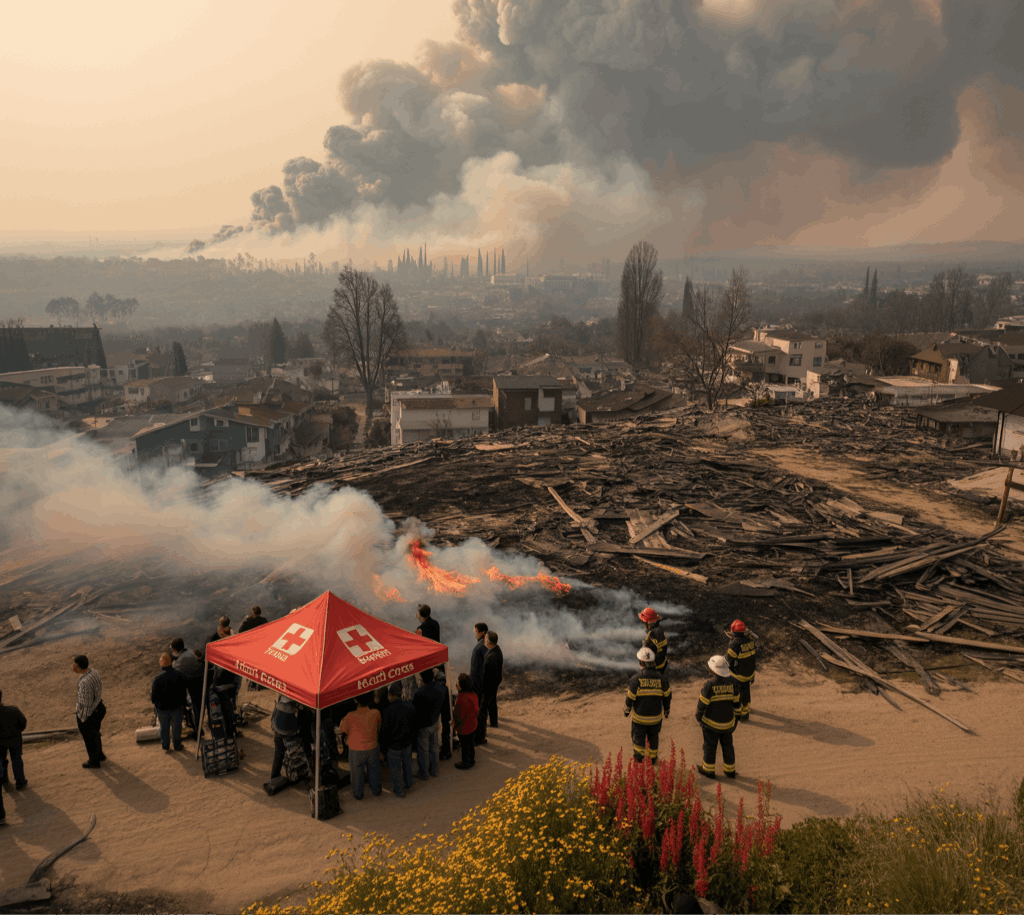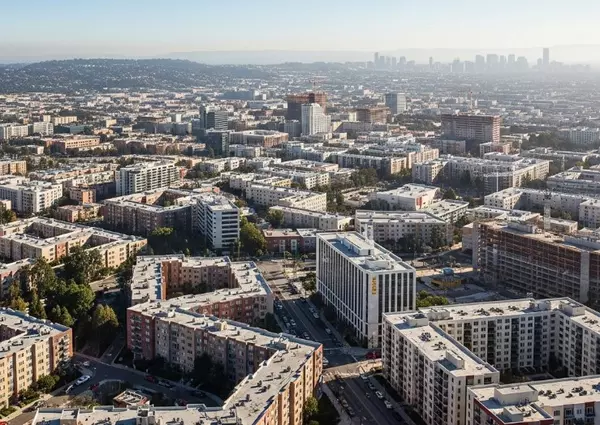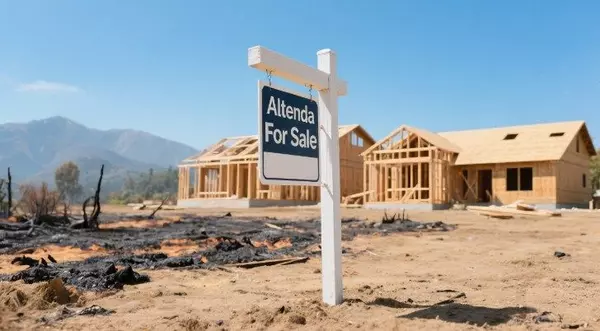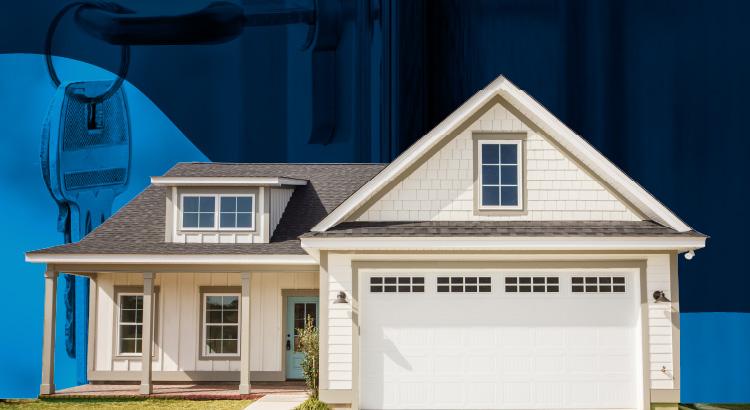Impact of Los Angeles Wildfires on Residential Rental and Resale Markets
Impact of Los Angeles Wildfires on Residential Rental and Resale Markets (2018–2025)
Executive Summary
Between 2018 and 2025, Los Angeles County experienced a series of devastating wildfires, culminating in the catastrophic 2025 Palisades and Eaton fires. These events destroyed over 18,000 homes, displaced hundreds of thousands, and caused cumulative damages exceeding $300 billion. The fires triggered a severe housing supply crisis, with a 26% reduction in available inventory, driving rental prices up 8–10% and resale prices 12.5% year-over-year. Residents face complex decisions about rebuilding, relocating, or waiting for insurance settlements amid rising premiums and insurer withdrawals. This report analyzes the fires’ impacts on housing markets, resident behaviors, insurance realities, policy responses, and long-term trends shaping recovery.
Introduction
As a real estate expert specializing in fire-affected Los Angeles communities, I have witnessed firsthand how wildfires from the 2018 Woolsey Fire through the 2025 Palisades and Eaton fires have reshaped housing dynamics. This analysis offers insights into insurance processes, rebuilding timelines, market trends, and the difficult choices families face. Whether you are a displaced homeowner, investor, or prospective buyer, understanding these evolving conditions is essential for informed decision-making.

Scale and Context of Destruction
Major Fires and Impact
- 2018 Woolsey Fire: Destroyed 1,643 structures, displaced 295,000 residents, $6 billion in damages.
- 2019 Getty Fire: Destroyed 10 homes, evacuated 7,000 residents.
- 2020 Bobcat Fire: Destroyed 170 structures, burned 115,796 acres.
- 2025 Palisades Fire: Destroyed 6,000+ structures, evacuated 45,000 residents, damages estimated $95–164 billion.
- 2025 Eaton Fire: Destroyed 12,000 structures, evacuated 150,000 residents, damages estimated $135–150 billion.
Together, these recent fires destroyed over 18,000 homes and displaced nearly 200,000 residents, profoundly disrupting the housing market (Cal Fire, 2025; UCLA Newsroom, 2025).
Immediate Market Disruptions
Housing Supply Crisis
The destruction caused a 26% drop in housing inventory across affected areas (Norada Real Estate, 2025). Listings in fire-impacted neighborhoods fell from 94 to 52 homes early in 2025, tightening both rental and resale markets.
Price Pressures
- Rental Market: Prices surged 8–10% immediately post-fire, with rental platform traffic increasing 50%.
- Resale Market: Median home prices rose 12.5% year-over-year, reaching $1,069,000 in 2025 (Realtor.com, 2025).
Insurance Market Upheaval
Insurance premiums increased 40% before 2025 fires, with many insurers withdrawing from high-risk zones. Homeowners increasingly rely on the California FAIR Plan, which offers limited coverage. "Loss of use" clauses intended to cover temporary housing often fall short; for example, one family received only $480/month while market rents were much higher (ABC News, 2025).
Resident Responses: Four Paths Forward
Based on research and observations, displaced residents pursue one of four main strategies:
- Rebuilding in Place (30–40%)
- Average rebuilding timeline: 2–4 years.
- Challenges: High construction costs ($1,000+/sq ft), labor shortages, permitting delays.
- Support: Fast-track permitting and tax relief measures by state authorities.
- Selling and Relocating (25–35%)
- Motivated by rebuilding costs, insurance difficulties, and trauma.
- Destinations include less fire-prone LA neighborhoods and other states (notably Texas).
- Market impact: Reduced buyer activity in fire-affected areas.
- Waiting for Insurance Resolution (20–30%)
- Claims take 6–18 months to resolve.
- Temporary housing includes rentals, extended-stay hotels (FEMA covers initial 14 days), and stays with family/friends.
- Financial strain from managing mortgage payments alongside temporary housing costs.
- Permanent Relocation (10–15%)
- Driven by affordability and safety concerns.
- Contributes to demographic shifts and community fragmentation.
Insurance and Financial Realities
Insurance Claim Process
- Immediate (0–30 days): File claim, request advance payment (minimum 30% of dwelling limit per California law), secure temporary housing, document losses.
- Assessment (1–6 months): Adjuster inspections, scope determination, initial settlements, appeals if needed.
- Settlement & Rebuilding (6–24 months): Final negotiations, contractor selection, permits, construction start.
Financial Assistance
- FEMA: Displacement assistance, rental support up to 18 months, home repair grants (application deadline March 31, 2025).
- State/Local: LA County Household Relief Grants ($6,000–$18,000), property tax freezes, utility payment deferrals.
Long-Term Market and Demographic Impacts
Price Trends and Migration
- Fire-affected areas show price volatility, reduced buyer interest, and population decline.
- Adjacent neighborhoods experience increased demand, rising prices, and infrastructure strain.
- Urban sprawl grows as residents seek safer, affordable locations.
Socioeconomic Shifts
- Wealthier residents more likely to rebuild in fire-prone zones.
- Lower-income families face displacement due to rising housing and insurance costs.
- Established communities experience social fragmentation and reduced diversity.
Rebuilding Timelines and Options
Average Process
- Phase 1 (6–12 months): Insurance settlement, architect/contractor selection, permits, debris removal.
- Phase 2 (12–24 months): Construction (foundation, framing, systems, finishing).
- Phase 3 (3–6 months): Move-in, landscaping, utility connections.
Rebuilding Choices
- Like-for-like rebuild (fastest permitting).
- Upgraded rebuild (fire-resistant, modern amenities).
- Downsized rebuild (cost reduction).
- Alternative housing (ADUs, manufactured homes).
Financial Strategies
- Use full insurance payout.
- Sell land and relocate.
- Partial rebuild with remaining funds.
- Rent land while deciding.
Policy and Regulatory Responses
- Streamlined permitting with fast-track approvals and one-stop centers.
- California FAIR Plan expansions and insurance rate regulation discussions.
- Temporary housing programs and ADU approval acceleration.
- Zoning flexibility and anti-price gouging protections.
Future Outlook and Recommendations
Market Predictions
- Short-term (1–2 years): Supply constraints, price volatility, insurance instability, ongoing displacement.
- Medium-term (3–5 years): Gradual rebuilding, market stabilization, fire-safe development patterns.
- Long-term (5+ years): Demographic shifts, enhanced building codes, climate adaptation, new insurance models.
Strategic Advice
- Displaced homeowners: Understand insurance benefits, consider climate risks, explore assistance, plan for delays.
- Buyers: Investigate insurance availability, assess fire risk, consider resale and evacuation implications.
- Investors: Target less fire-prone areas, consider temporary housing, monitor demographic and regulatory trends.
The Los Angeles wildfires from 2018 to 2025 have fundamentally transformed the housing market, creating immediate supply shocks and long-term demographic shifts. Residents face difficult choices amid insurance challenges and rebuilding delays. Policy reforms and community resilience efforts are critical to recovery. Success depends on integrated strategies addressing insurance, urban planning, and equitable support to build a more resilient housing future.
References
- ABC News (2025). Insurance shortfalls leave wildfire victims homeless.
- Cal Fire (2025). 2025 Wildfire Incident Report.
- Los Angeles Times (2018). Woolsey Fire by the numbers.
- Norada Real Estate (2025). LA County housing inventory analysis.
- Realtor.com (2025). Market trends in fire-affected areas.
- UCLA Newsroom (2025). Economic impacts of the 2025 fires.
Categories
Recent Posts










